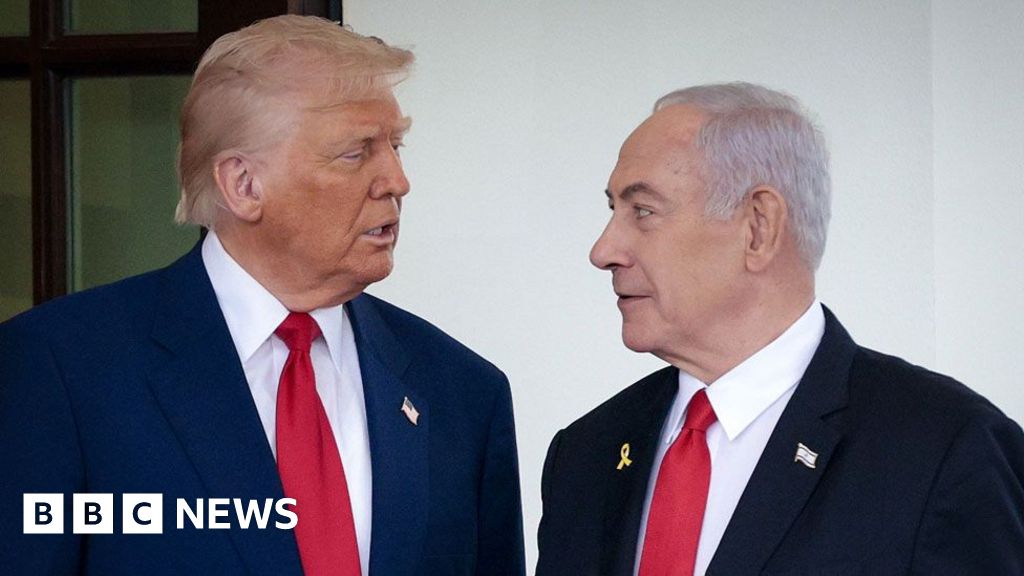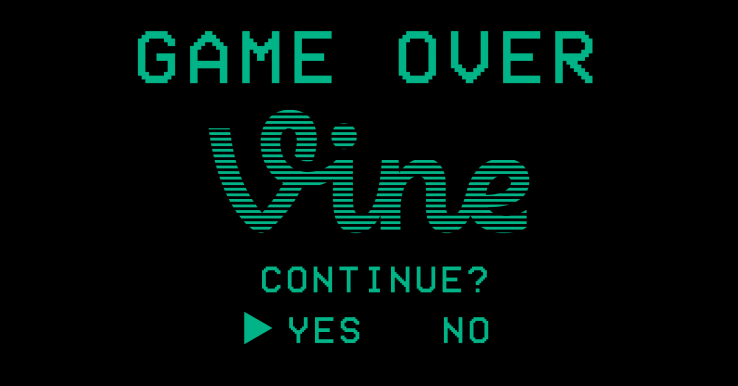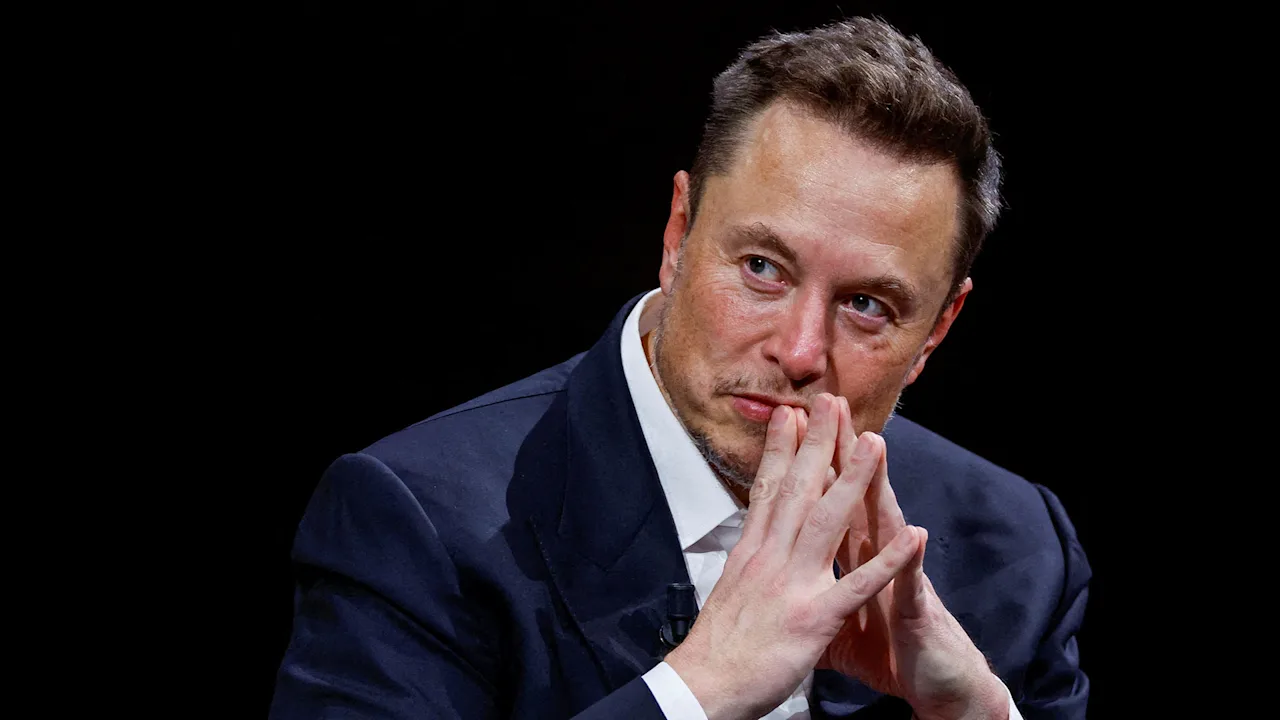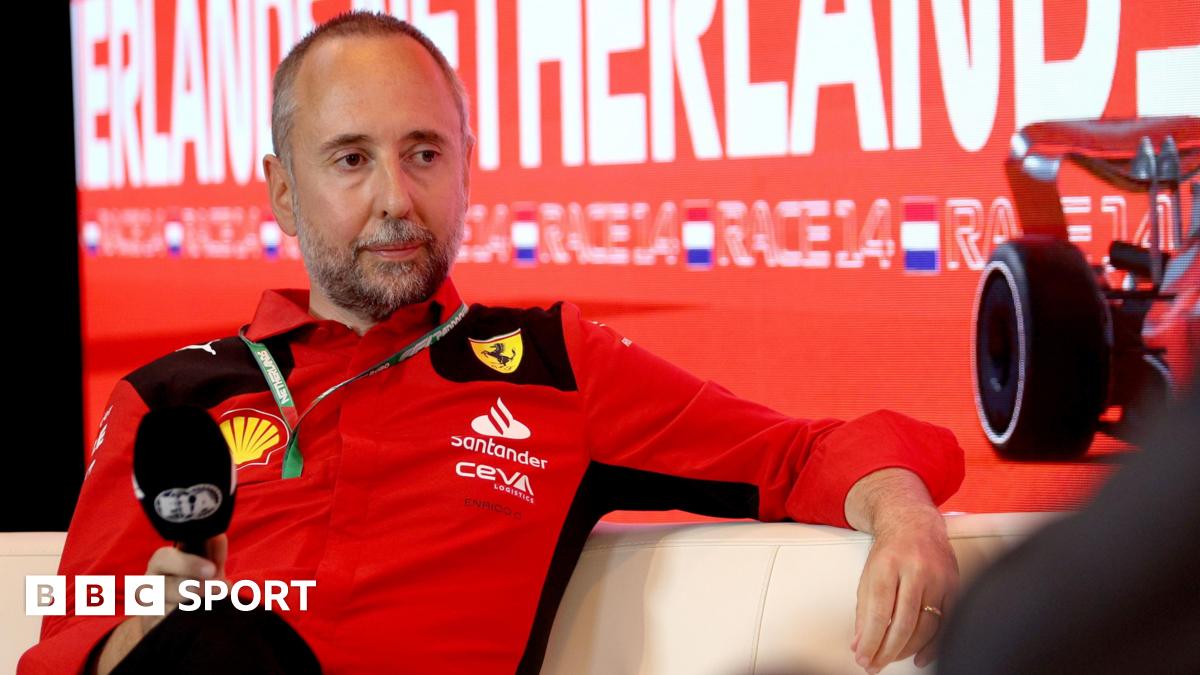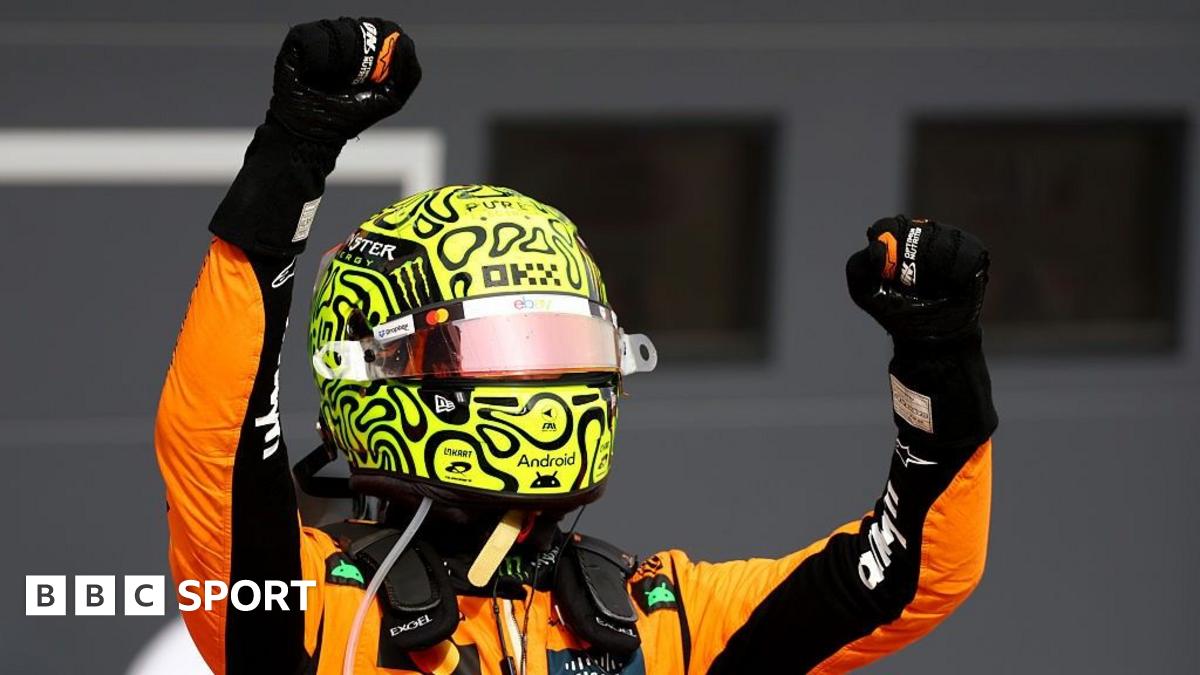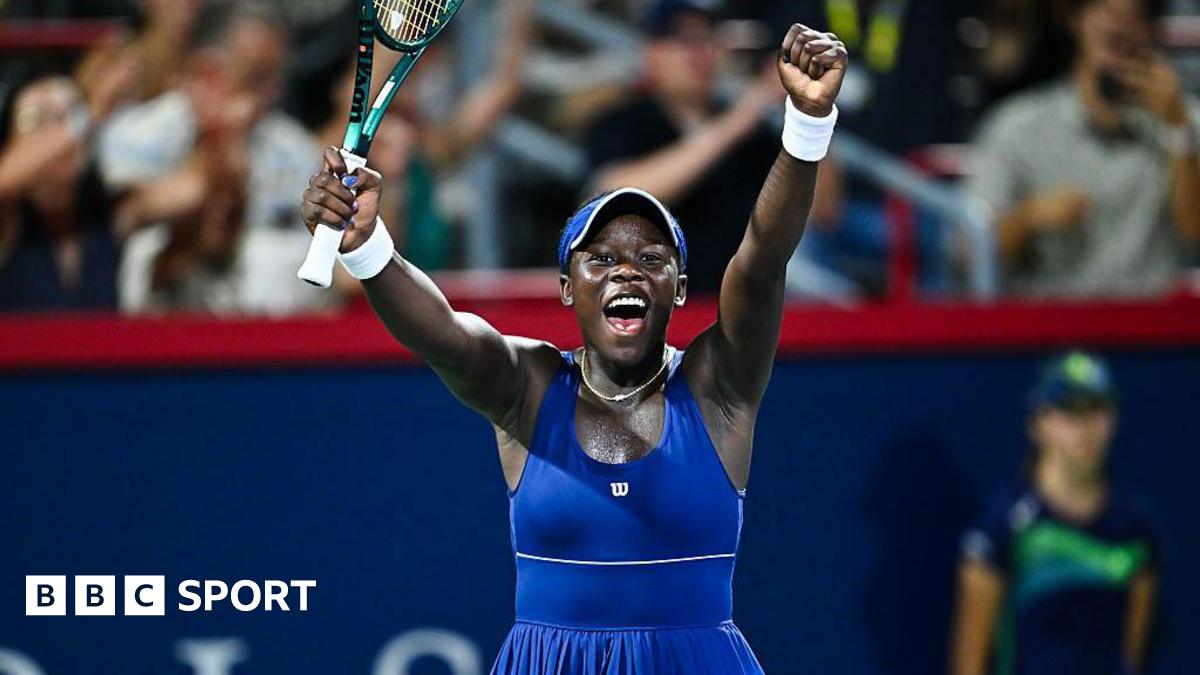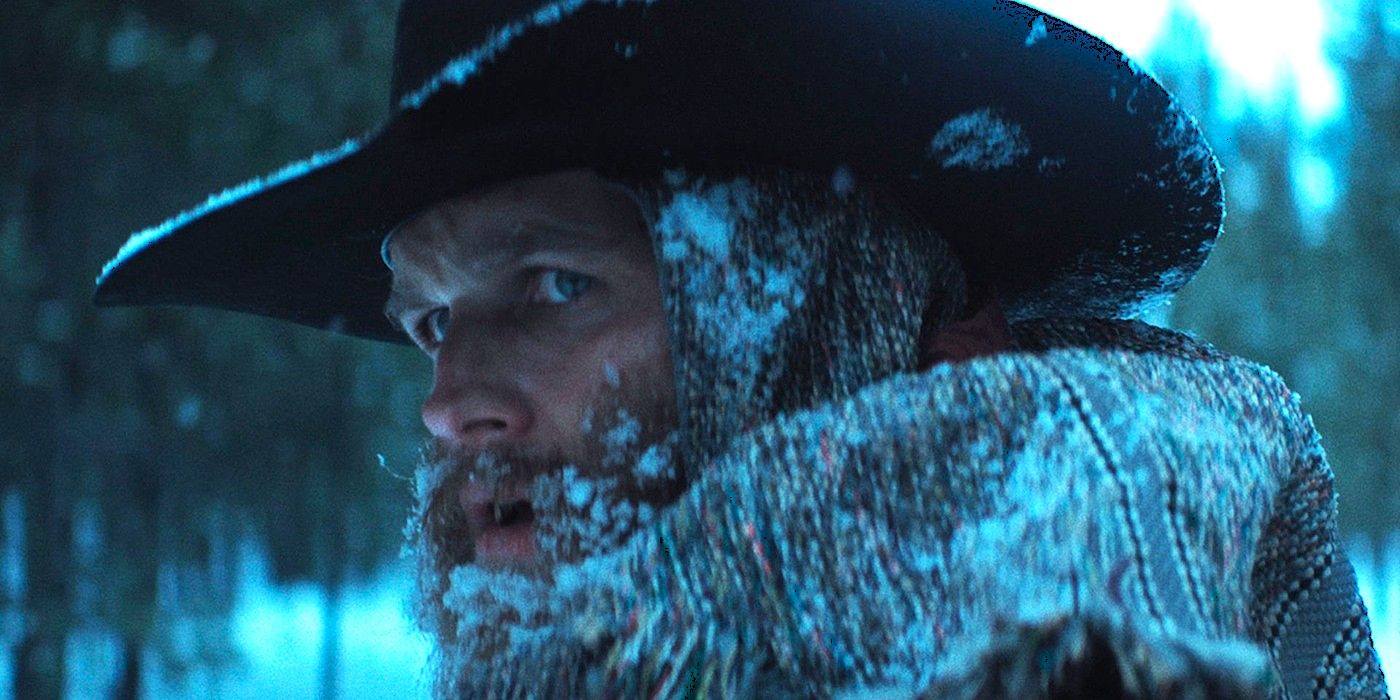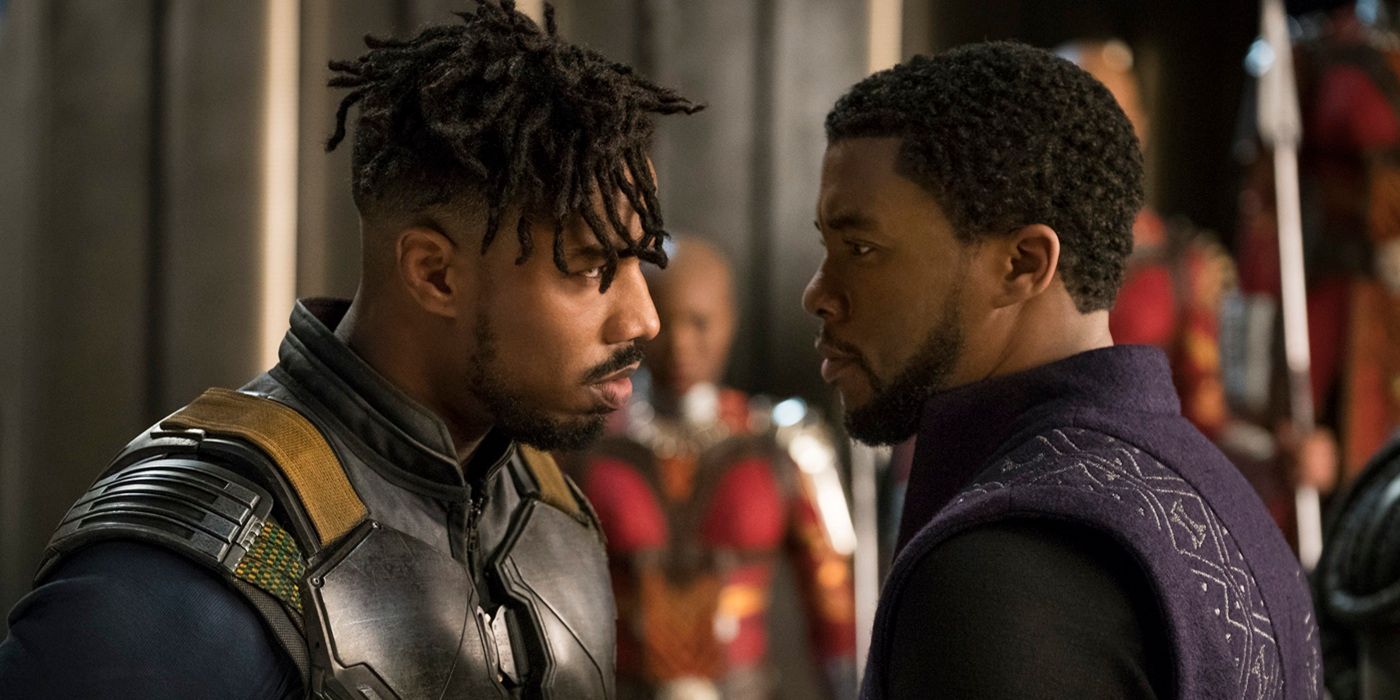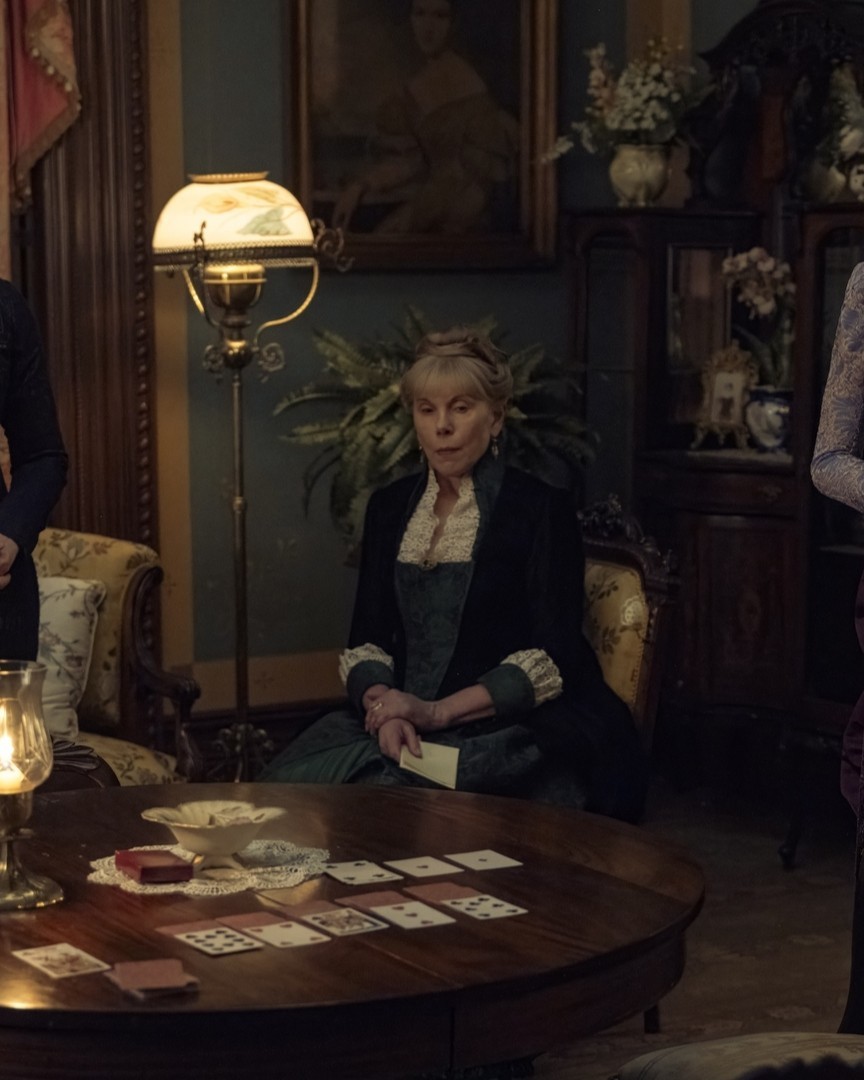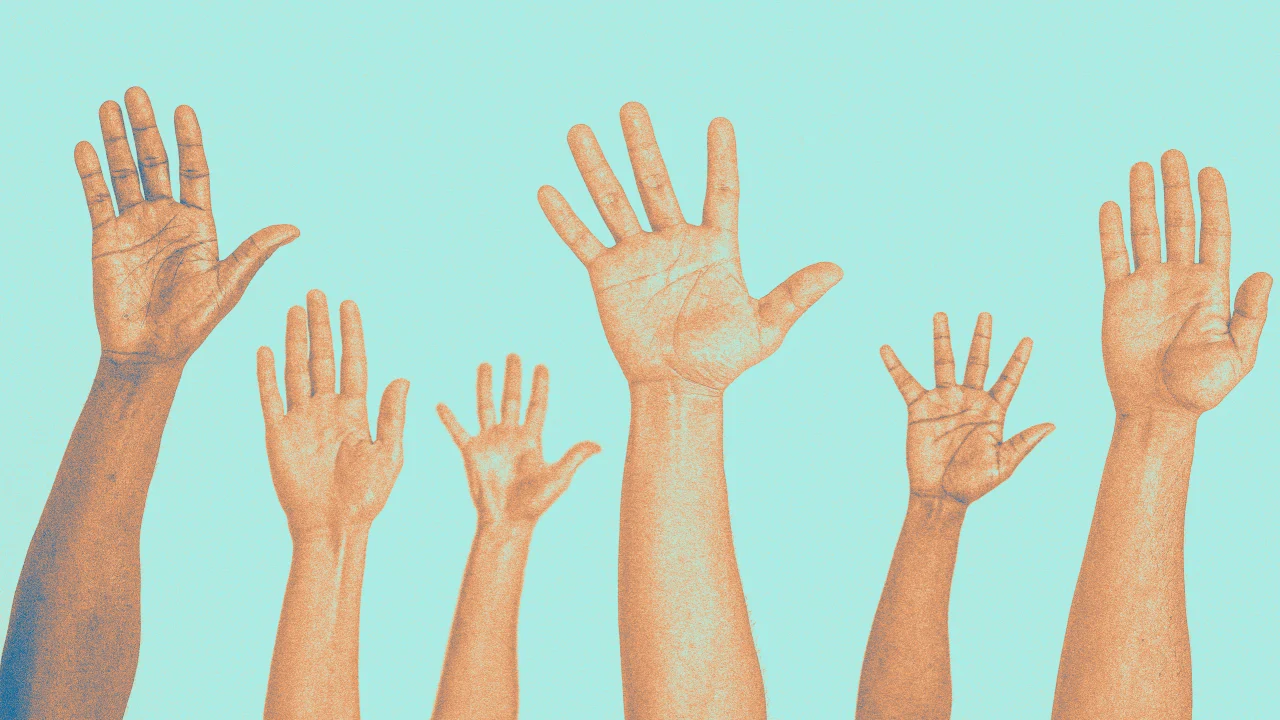‘Reiimagine’ progress: How Levi’s finds great culture fit, with a hat tip to Beyoncé
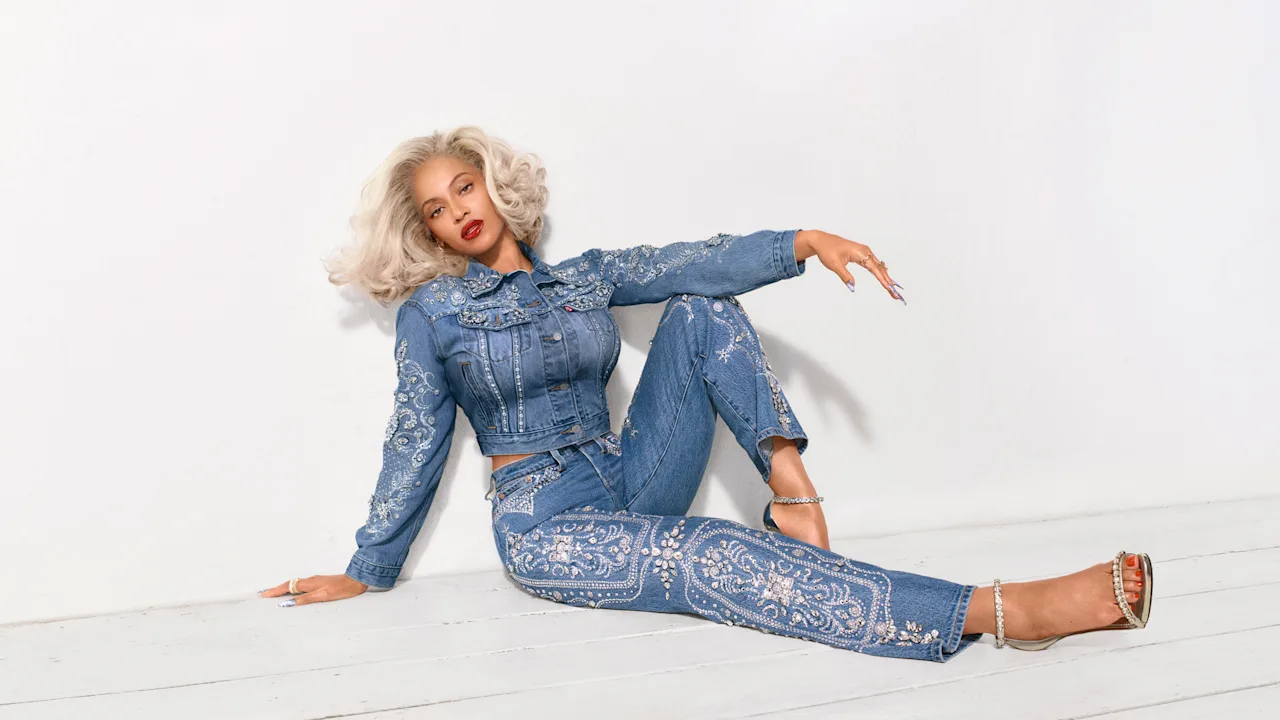
When Beyoncé launched the track list to her album Cowboy Carter ahead of its release in March 2024, Levi’s chief marketing officer Kenny Mitchell spotted an opportunity. Noticing the song “Levii’s Jeans,” Mitchell moved quickly, renaming the brand’s social channels as “Levii’s”—a move that he says paved the way for one of the brand’s most ambitious and effective collaborations. It’s resulted in a series of ads, a capsule collection, and innumerably viral moments on Beyoncé’s Cowboy Carter tour, with the singer wearing custom Levi’s throughout.
I connected with Mitchell for a wide-ranging conversation where he shared his playbook for the groundbreaking Beyoncé colab, how subcultures can be just as important as mass-market events, why he and Levi’s didn’t buckle in the face of the pressure for the company to drop its DEI initiatives, and his four-step process for crafting a compelling brand story.
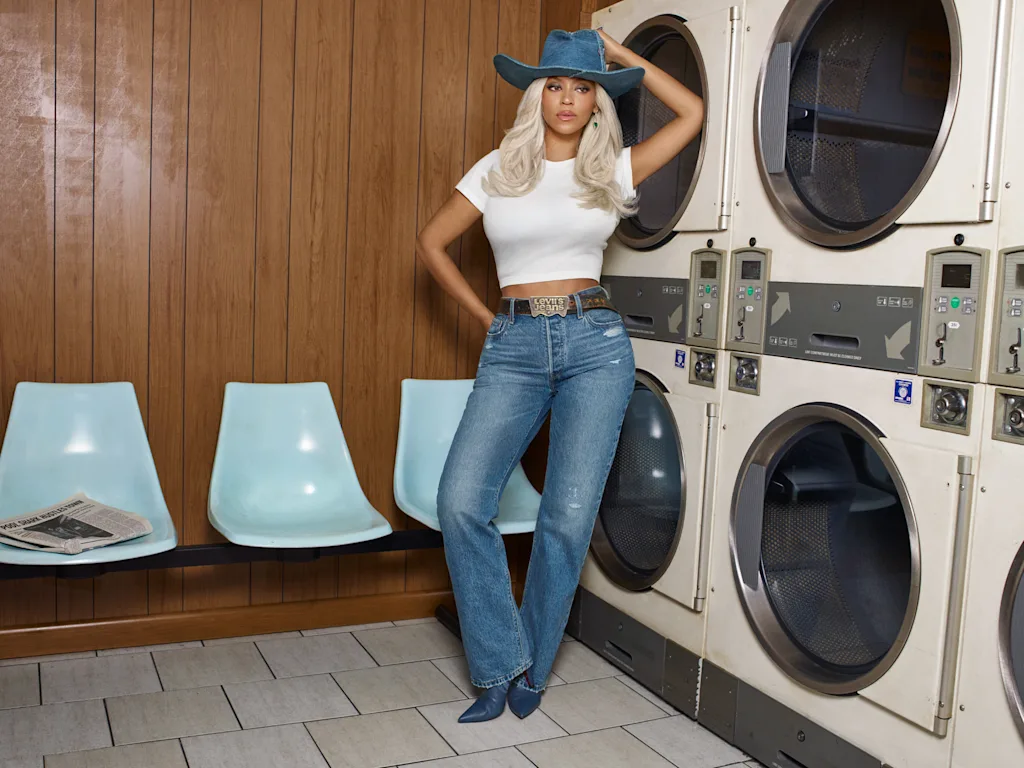
How do you identify brand partners? Obviously Beyoncé is part of that, but how else do you try to connect Levi’s to the zeitgeist?
Often when we show up in culture, it can happen in the form of being adjacent and connected to some of the biggest icons in the world. Beyoncé is a great representation of that.
But it also is a showing up meaningfully in important subcultures. A subculture we connected with is sneakerheads with the Air Max collaboration that we had with Nike last month, which sold in minutes on our site. Another example is working with streetwear designer Tremaine Emory and Denim Tears, which is a longtime partnership.
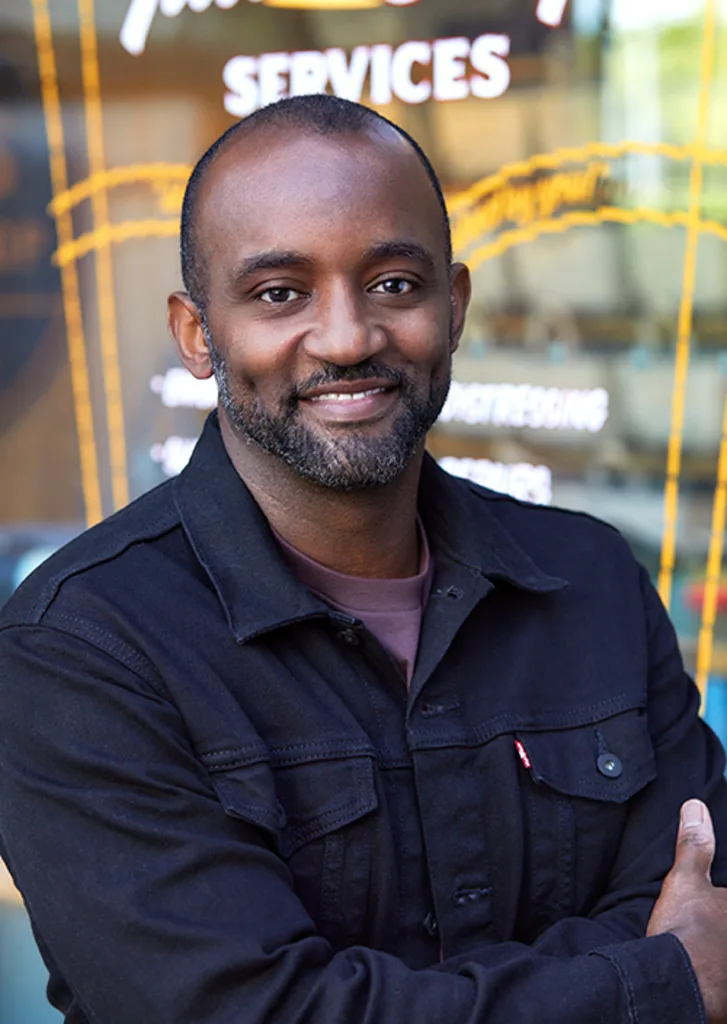
If you think about culture more broadly, the mainstream right now is made up of a bunch of things that used to be in subcultures. That’s where so much opinion is initially built and formed. We look at these opportunities to show up in culture as a way to demonstrate some of the elasticity of our brand. So it’s important for us to be deep in the subcultures, while remaining a democratic brand that’s top of mind for people regardless of your station in life.
This final installment of the “Reiimagine” campaign with Beyoncé is coming on the heels of the American Eagle ad with Sydney Sweeney—and all of the backlash to it, amid this broader trend of brands moving away from the idea of diversity and that “democratic” approach, as you put it. Levi’s has remained committed to those ideas, though. How do you view Levi’s in this moment?
I can’t really speak to other brands, but what I can say is that we as a brand have done our best to operate in a way that’s consistent with our values. You can see that in things like our Pride collection, which we continue to execute and be very proud of. We are a global company and we are activating in ways that reflect our fans and our consumers—and they are diverse by nature. So we are going to keep operating in that fashion.
We recently had a proxy challenge against some of our DEI efforts, and I’m incredibly proud that our executive team, our board, as well as our shareholders completely rejected that, and we’ve stayed committed to operating in ways that are aligned with our values.
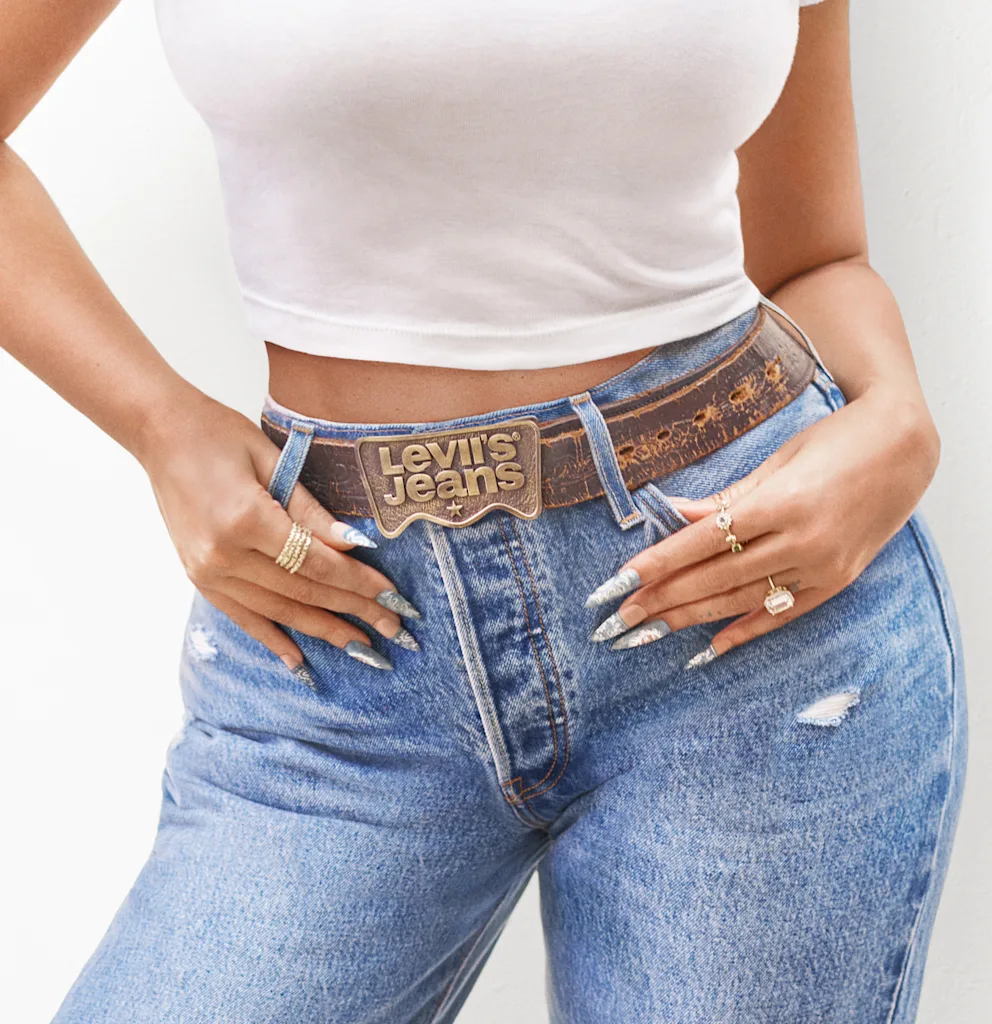
How have you used the “Reiimagine” campaign to live up to those values?
At the heart of the “Reiimagined” campaign is the fact that Levi’s has served as what we call this “uniform of progress.” That’s a key part of what we often talk about in terms of breaking and building the codes of culture.
Beyoncé has been driving a tremendous amount of progress in culture. So what we’ve created together is reinterpreting iconic ads that were almost always shown through the lens of a white male protagonist and centering them on a woman of color in an empowering way. It’s very much aligned with our strategy and brand point of view of being this outfitter of the world’s change agents, icons, and originals.
With the 501 Curvy product, we’re using Beyoncé as an example of how we’re taking an iconic look and continuing to evolve and progress it. It’s an opportunity to take the insights we hear from our fans and uses these great cultural moments to help elevate some of our product innovation stories.
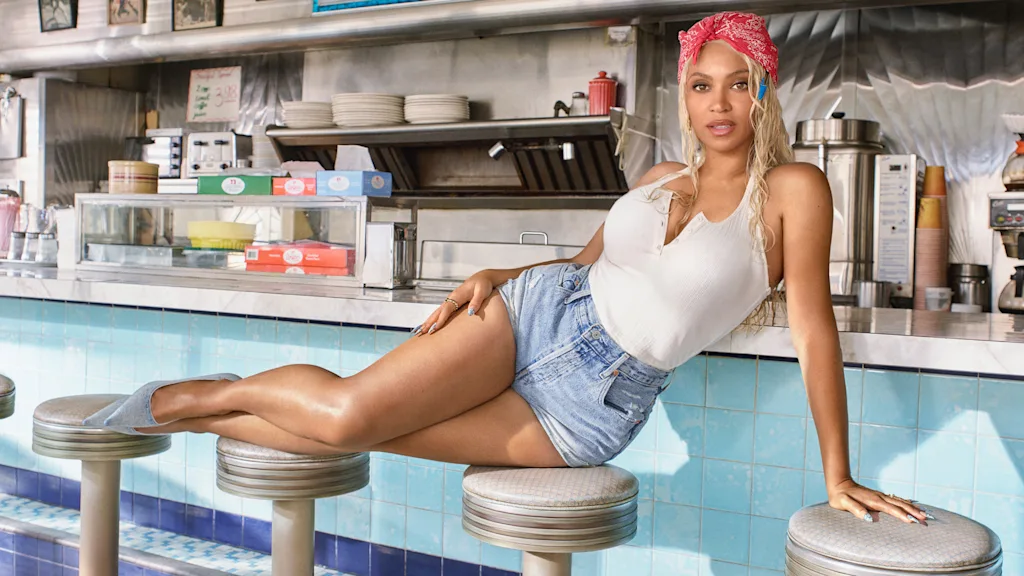
When you’re developing a campaign or strategy, how do you identify what will make an impact?
When I think about storytelling, I have a little acronym that I sometimes use—CASE. C stands for creative, A stands for authentic, S stands for strategic, and E stands for emotional.
With the C, are you tackling your storytelling in a way that’s novel, that’s interesting, that’s creative? The A: Is the story you’re telling authentic to your consumer and fan, and is it also true to the brand? Those pieces are really important. Strategic: Is it answering the brief? Because creativity without strategy is art—and I’m not in the business of making art. I’m doing marketing and advertising. I want people to act or change their belief or perception. And the E: Does it make you feel something?
When I embark on just about any effort, that’s a framework that i’ve taken with me everywhere and it’s served me decently well.
What's Your Reaction?
 Like
0
Like
0
 Dislike
0
Dislike
0
 Love
0
Love
0
 Funny
0
Funny
0
 Angry
0
Angry
0
 Sad
0
Sad
0
 Wow
0
Wow
0





